Trivia question for May-09-2011
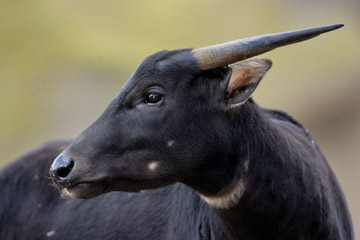
These guys are similar in appearance to a deer, weighing 150–300 kg (330–660 lb). It is most closely allied to the larger Asiatic buffaloes, showing the same reversal of the direction of the hair on the back.
Trivia question for May-08-2011
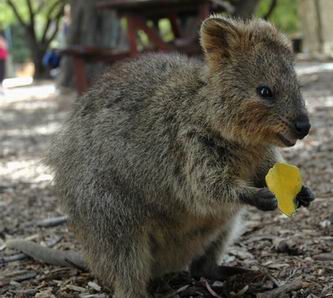
These guys have no fear of humans and it is common for it to approach them closely, particularly on Rottnest Island. It is, however, illegal for members of the public on Rottnest Island to handle the animals in any way. An infringement notice carrying a A$300 fine can be issued by the Rottnest Island Authority for such behavior.
Trivia question for May-07-2011
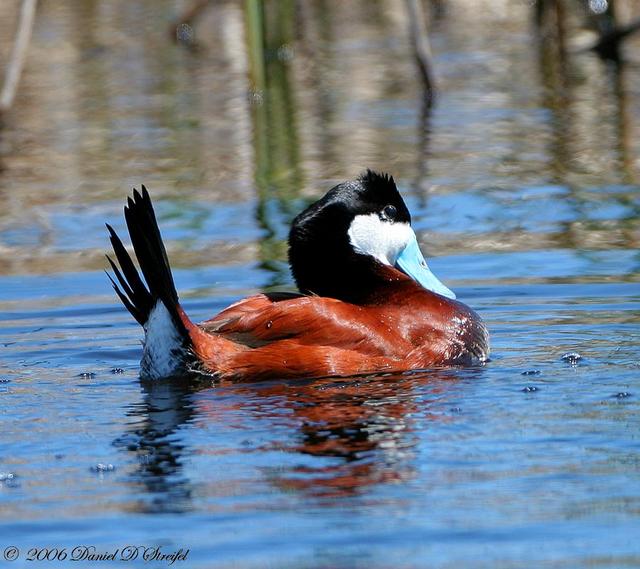
These guys are skilled divers that can sink beneath the water surface like a stone and rise again like a cork. They nest in dense marsh vegetation near water. The female builds her nest out of grass, locating it in tall vegetation to hide it from predators.
Trivia question for May-06-2011
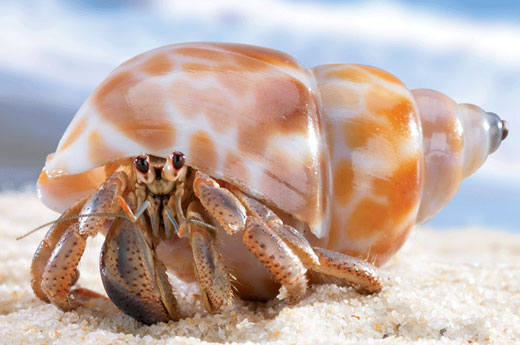
Most species have long, spirally curved abdomens, which are soft, unlike the hard, calcified abdomens seen in related crustaceans. The vulnerable abdomen is protected from predators by a salvaged empty seashell carried by these crabs, into which its whole body can retract.
Trivia question for May-05-2011
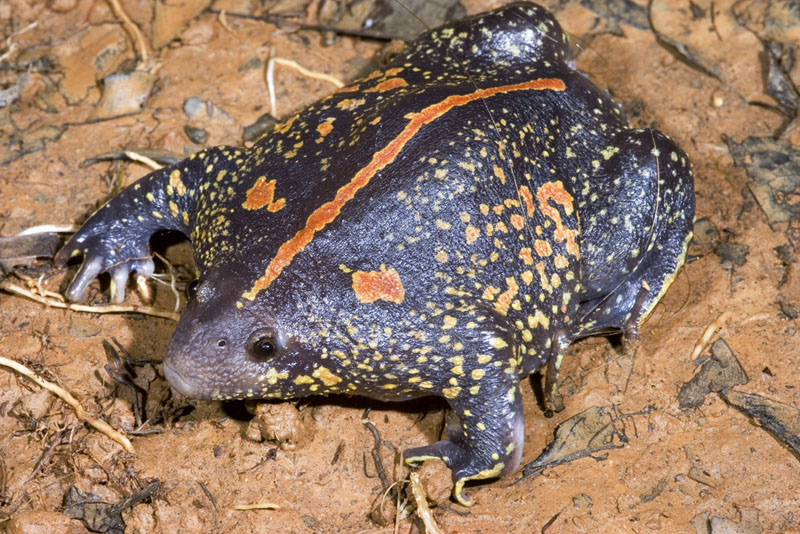
These toads are the most evolutionarily distinct amphibian species on Earth today; a fruit bat, polar bear, killer whale, kangaroo and human are all more similar to one another than this species is to any other amphibian.
Trivia question for May-04-2011
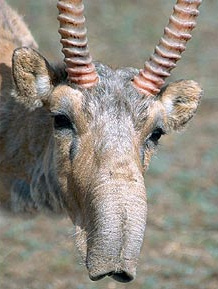
In the early 20th century, there were only about 1,000 of these guys left due to over hunting. They were given total protection in the early 1900 which helped bring the species back to around 2-million. After Russia broke up, poachers moved in and now again they are back on the critically endangered list with only about 50,000 remaining today.
Trivia question for May-03-2011
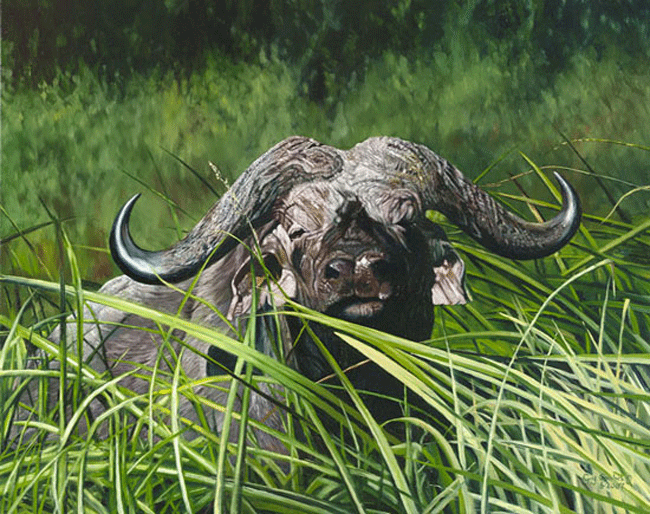
When chased by predators a herd will stick close together and make it hard for the predators to pick off one member. Calves are gathered in the middle. Buffalo will try to rescue a member that has been caught. A calf’s distress call will get the attention of not only the mother but also the herd. Buffalo will engage in mobbing behavior when fighting off predators. They have been recorded treeing lions for two hours, after the lions have killed a member of their group.
Trivia question for May-02-2011
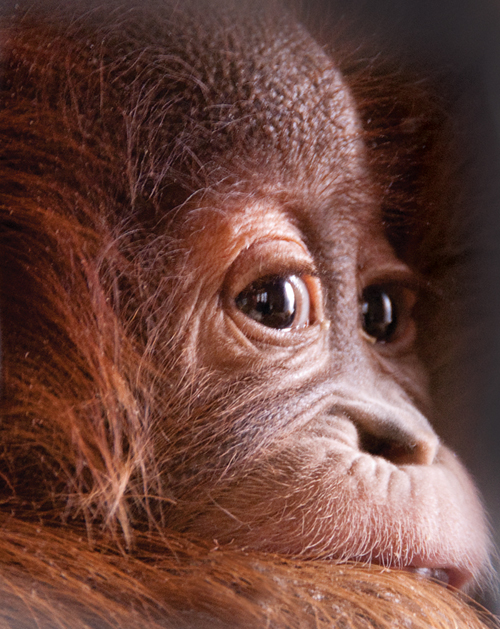
The word “orangutan” comes from the Malay words “orang” (man) and “(h)utan” (forest); hence, “man of the forest”.
Trivia question for May-01-2011
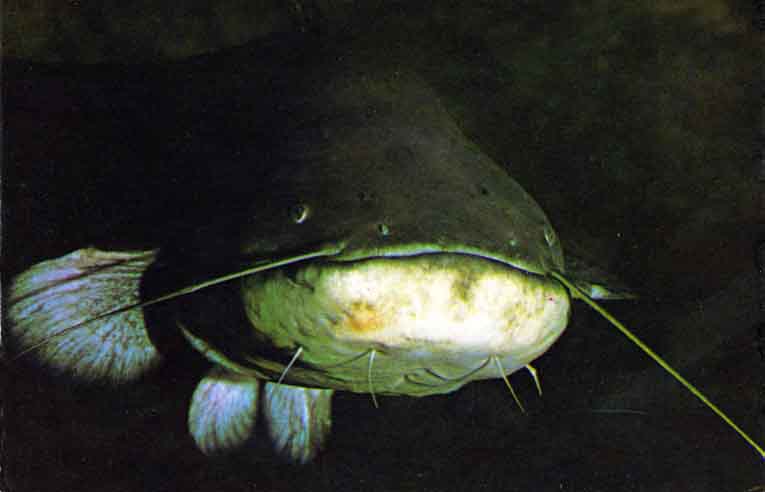
Only the flesh of young specimens is valued as food. It is palatable when they weigh less than 33 lb. Larger than this size, the fish is highly fatty and not recommended for consumption. The eggs are poisonous and should not be consumed.
Trivia question for Apr-30-2011
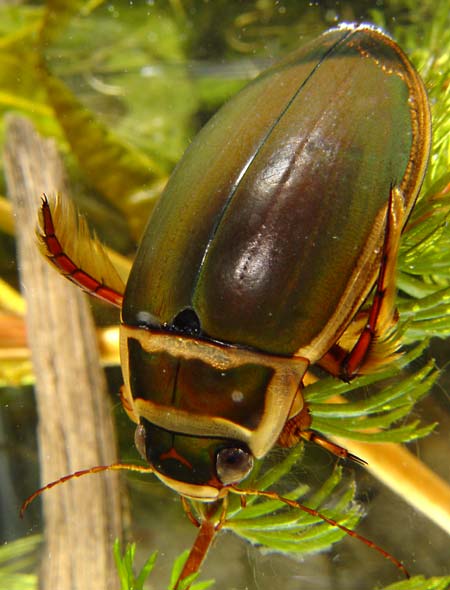
These are small but powerfull aquatic predators capable of killing prey several times larger than itself.
Trivia question for Apr-29-2011
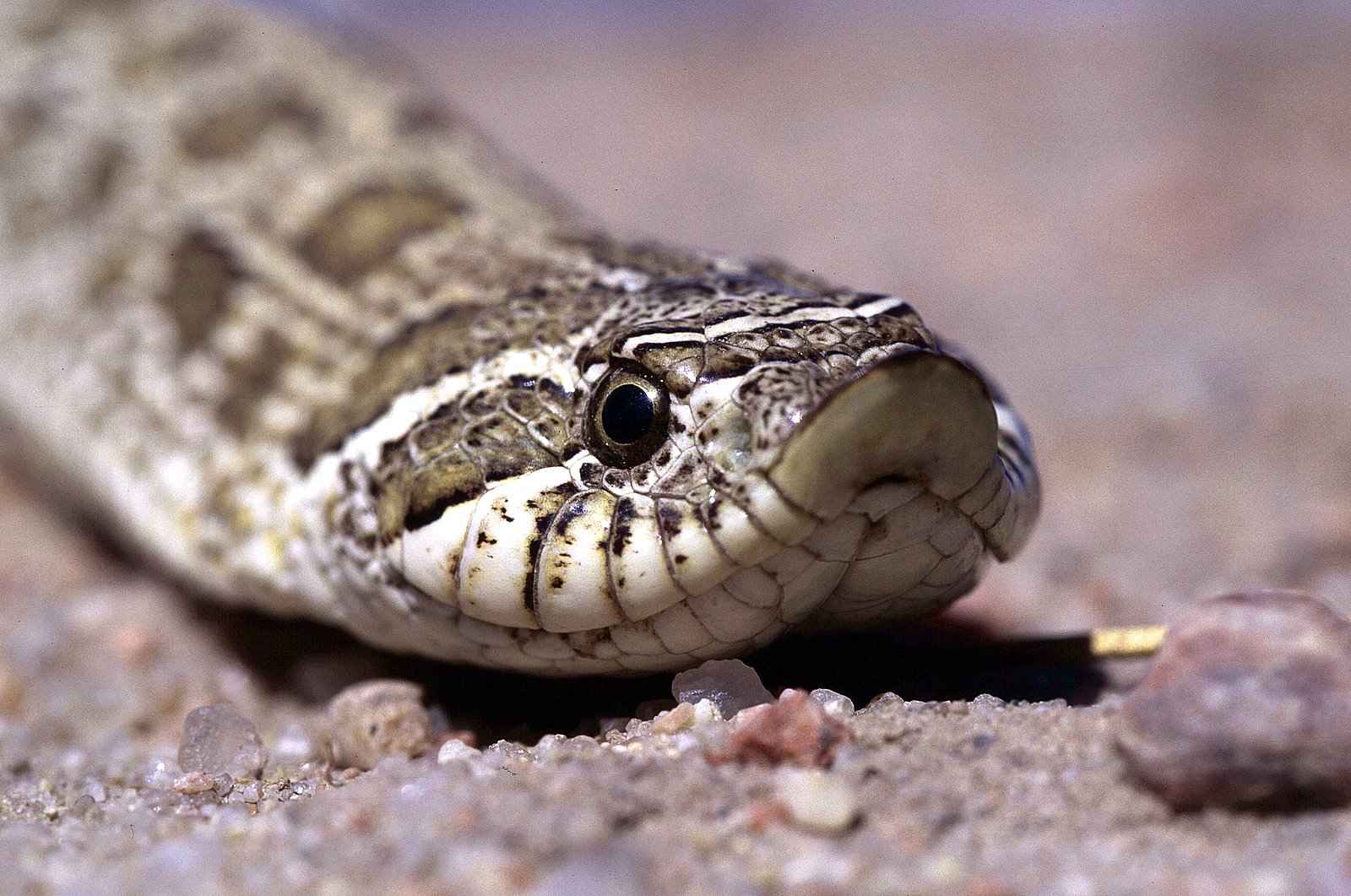
These snakes are considered to be rear-fanged venomous, but are not considered to pose any danger to humans and will only bite as a feeding response, rarely in defense. The defensive bite response is usually due to the temporary blindness experienced while shedding. Because the snake cannot see while shedding, it becomes paranoid and more aggressive.
Trivia question for Apr-28-2011
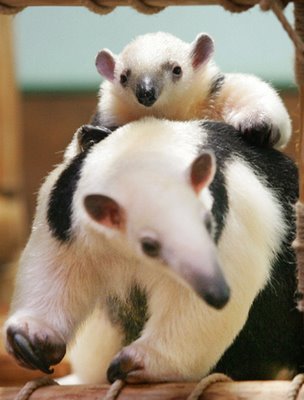
These guys inhabit various wet and dry forests, including tropical rainforest, savanna, and thorn scrub. It seems to be most common in habitats near streams and rivers, especially those thick with vines and epiphytes (presumably because its prey is common in these areas).
Trivia question for Apr-27-2011
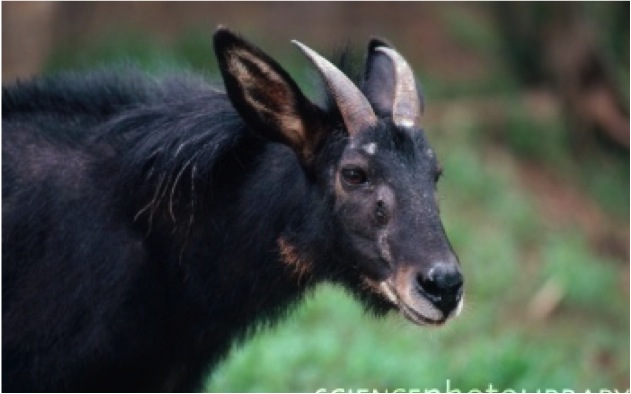
These guys inhabit steep, rugged hills up to an elevation of 4,500 m asl. It prefers rocky terrain but is also found in forests and flat areas. It is able to swim to small offshore islands.
Trivia question for Apr-26-2011
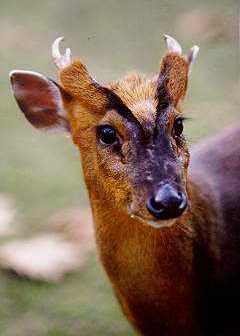
Males also have slightly elongated upper canines about an inch long that curve slightly outward from the lips and have the capability to inflict serious injury upon other animals or to other members of the population while exhibiting aggression.
Trivia question for Apr-25-2011
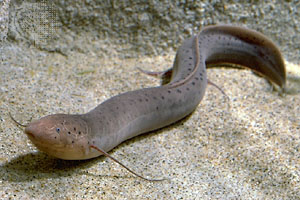
Native Africans have been found to dig up these fish, burrow and all, and store it for later use when they want fresh fish to eat. These fish have also been carried in their mud burrows for exhibition in the United States.

